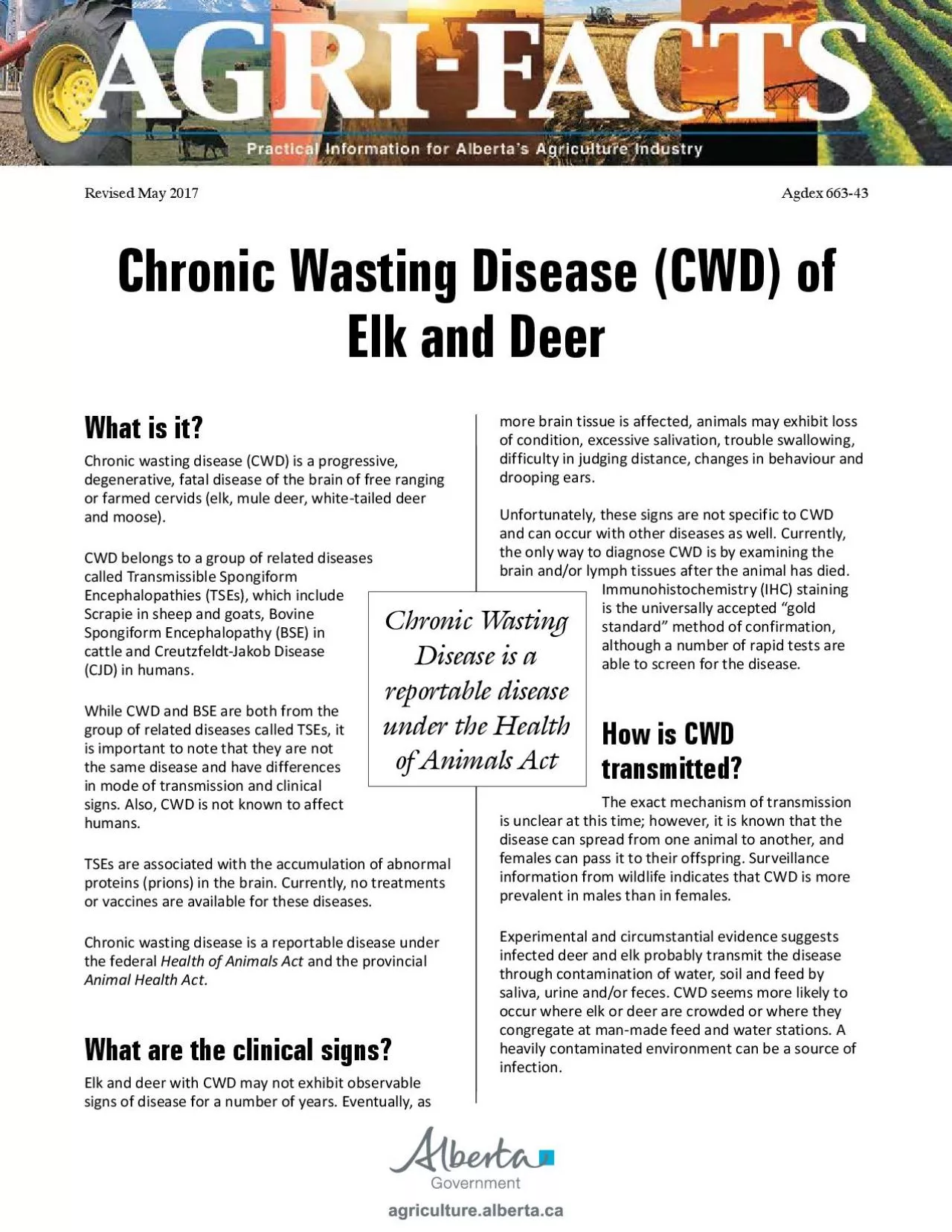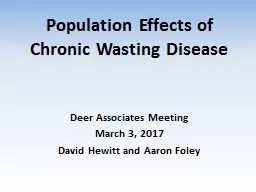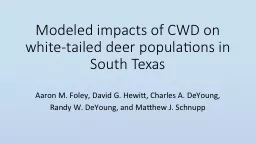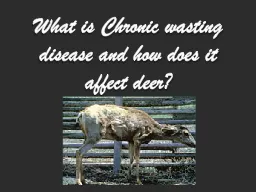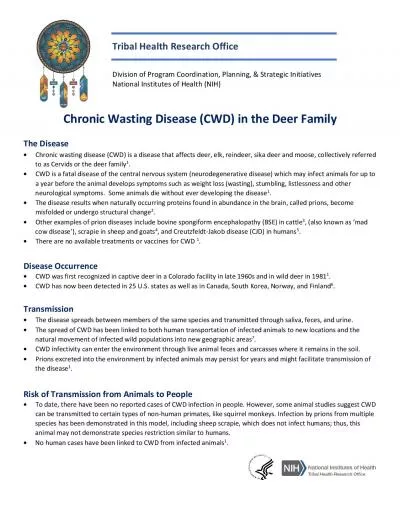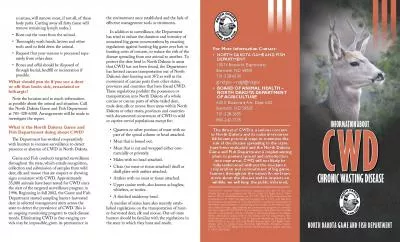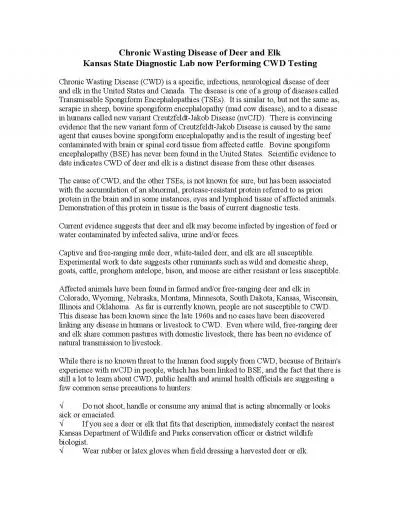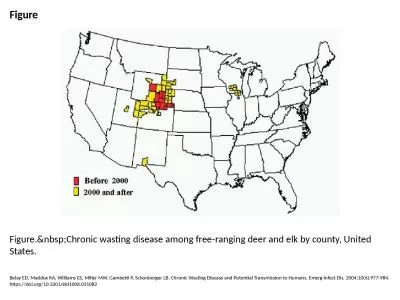PDF-Revised May 2017Chronic Wasting Disease CWD of
Author : yvonne | Published Date : 2022-08-23
Chronic Wasting of Animals Act Chronic wasting disease CWD is a progressive degenerative fatal disease of the brain of free ranging or farmed cervids elk mule deer
Presentation Embed Code
Download Presentation
Download Presentation The PPT/PDF document "Revised May 2017Chronic Wasting Disease ..." is the property of its rightful owner. Permission is granted to download and print the materials on this website for personal, non-commercial use only, and to display it on your personal computer provided you do not modify the materials and that you retain all copyright notices contained in the materials. By downloading content from our website, you accept the terms of this agreement.
Revised May 2017Chronic Wasting Disease CWD of: Transcript
Download Rules Of Document
"Revised May 2017Chronic Wasting Disease CWD of"The content belongs to its owner. You may download and print it for personal use, without modification, and keep all copyright notices. By downloading, you agree to these terms.
Related Documents

